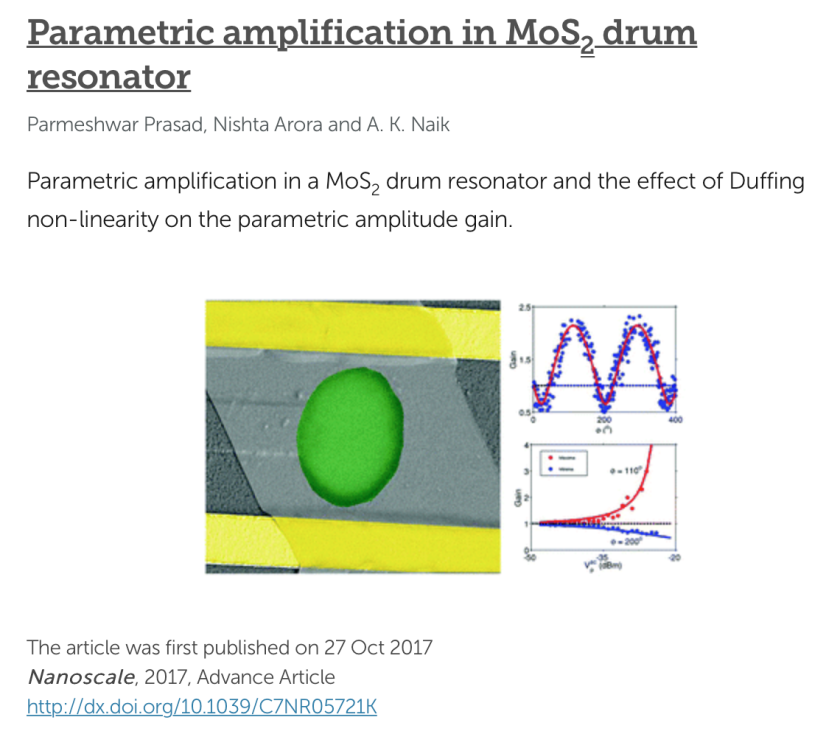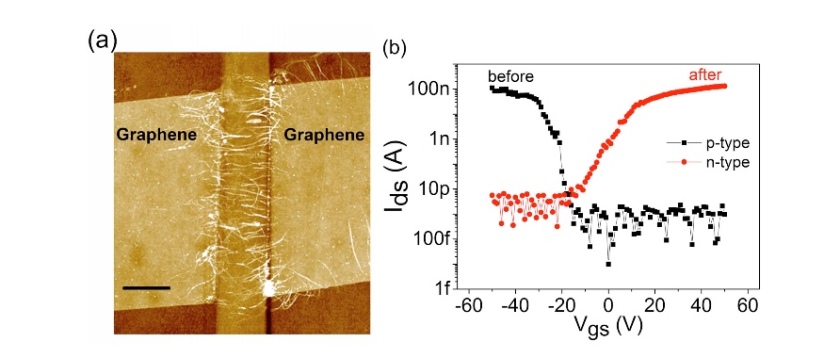 Thermal tuning is an easily implementable, low-cost method often employed in electronic and mechanical devices to extract optimal performance or to match the operating points of multiple devices. Similarly, in photonic integrated circuits (PICs), thermal tuners are essential for matching the operating wavelengths of multiple photonic devices such as resonators, gratings, and filters. They are also used for low frequency optical modulation and optical memory applications. The working principle is thermally induced change in refractive index of the materials interacting with guided light.
Thermal tuning is an easily implementable, low-cost method often employed in electronic and mechanical devices to extract optimal performance or to match the operating points of multiple devices. Similarly, in photonic integrated circuits (PICs), thermal tuners are essential for matching the operating wavelengths of multiple photonic devices such as resonators, gratings, and filters. They are also used for low frequency optical modulation and optical memory applications. The working principle is thermally induced change in refractive index of the materials interacting with guided light.
Conventional thermo-optic tuners are implemented using metal heaters. However, metals absorb near-IR wavelengths, where most of the applications of PICs are, and thus have to be placed a few microns away from the devices to be tuned to avoid degradation in performance of the optical devices. The heating, therefore, is not localized and leads to thermal cross-talk among multiple optical devices. This prevents dense integration of integrated optics. Moreover, these heaters have low power efficiency and a large thermal transient. It is desirable to have a heater closer to the device, yet have it be non-absorbing.
Continue reading “Carbon-nanotube-on-waveguide thermo-optic tuners”

 Thermal tuning is an easily implementable, low-cost method often employed in electronic and mechanical devices to extract optimal performance or to match the operating points of multiple devices. Similarly, in photonic integrated circuits (PICs), thermal tuners are essential for matching the operating wavelengths of multiple photonic devices such as resonators, gratings, and filters. They are also used for low frequency optical modulation and optical memory applications. The working principle is thermally induced change in refractive index of the materials interacting with guided light.
Thermal tuning is an easily implementable, low-cost method often employed in electronic and mechanical devices to extract optimal performance or to match the operating points of multiple devices. Similarly, in photonic integrated circuits (PICs), thermal tuners are essential for matching the operating wavelengths of multiple photonic devices such as resonators, gratings, and filters. They are also used for low frequency optical modulation and optical memory applications. The working principle is thermally induced change in refractive index of the materials interacting with guided light.


